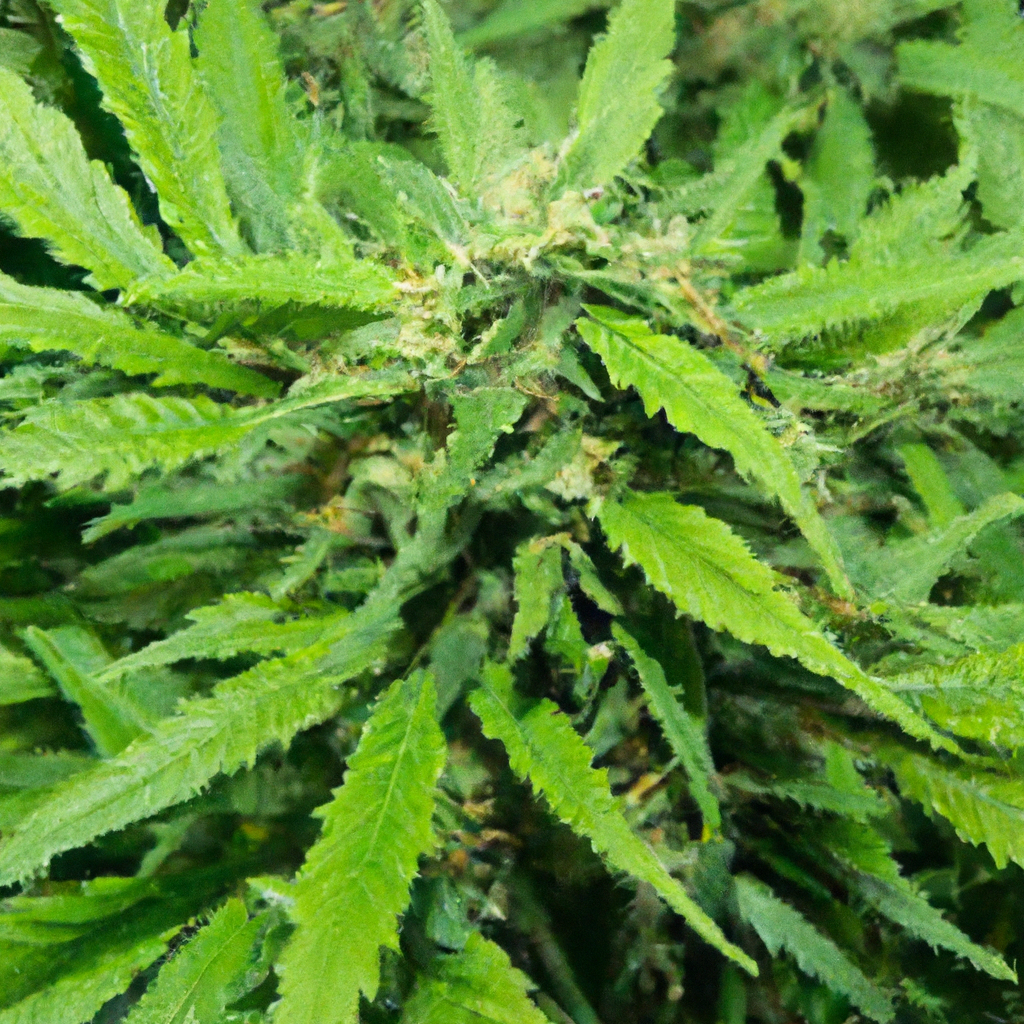Welcome back, fellow cultivators! I’m John “Magic” Greenleaf, here to share some insights about the unique challenges and opportunities of high-altitude cannabis cultivation. Today, we’re diving into a topic that often flies under the radar: pest management in the mountains. The thin air and fluctuating temperatures of high altitudes may seem inhospitable, but nature has a way of adapting—and that includes pests. Let’s explore how we can keep unwanted critters at bay while growing thriving cannabis plants.
Understanding the High-Altitude Pest Landscape
At higher elevations, you might think that pests would be less of a concern. However, the reality is a bit more complex. While some pests are indeed less prevalent, others have adapted remarkably well to the cooler temperatures and intense UV light. Understanding this dynamic can give you the upper hand in managing infestations before they get out of control.
- Adaptive Insects: Aphids and spider mites are known to survive and even thrive in certain high-altitude environments.
- Pathogen Resistance: High UV exposure naturally helps control molds and mildews but doesn’t eliminate them entirely.
- Microclimate Variations: Small changes in temperature and humidity can create micro-environments favorable to some pest varieties.
Natural and Sustainable Pest Control Techniques
As someone passionate about sustainable cultivation, I rely on nature to help manage pests. Here are some effective, eco-friendly techniques that have worked wonders in my high-altitude grows:
- Natural Predators: Introducing beneficial insects like ladybugs and predatory mites can be an effective way to control pests without chemicals.
- Companion Planting: Growing pest-repellent plants like marigolds and basil alongside your cannabis can naturally deter unwanted visitors.
- Neem Oil and Soap Sprays: These organic solutions can help manage infestations while being safe for your plants and the environment.
Innovative Tools for the Modern Grower
While traditional methods are valuable, sometimes modern technology can offer a much-needed edge, especially at higher altitudes. Here are a few tools I recommend:
- Automated Sensors: These gadgets can monitor environmental changes, giving you real-time alerts and insights to optimize conditions.
- AI-Powered Monitors: Use AI to detect pest activity early, allowing for quick intervention and preventing larger outbreaks.
- UV-C Lighting: Strategically integrating UV-C lights can help reduce the survivability of pests without harming your plants.
Conclusion
High-altitude pest management requires a blend of traditional wisdom and modern innovation. By understanding your unique environment and leveraging sustainable techniques, you can cultivate healthy, robust cannabis plants even in the face of pest challenges. Remember, “Healthy roots, healthy buds, happy harvests” is the mantra to live by.
Until next time, happy growing—and may your gardens be ever bountiful!
Tags: High-Altitude Growing, Sustainable Cultivation, Environmental Control


Leave a Reply